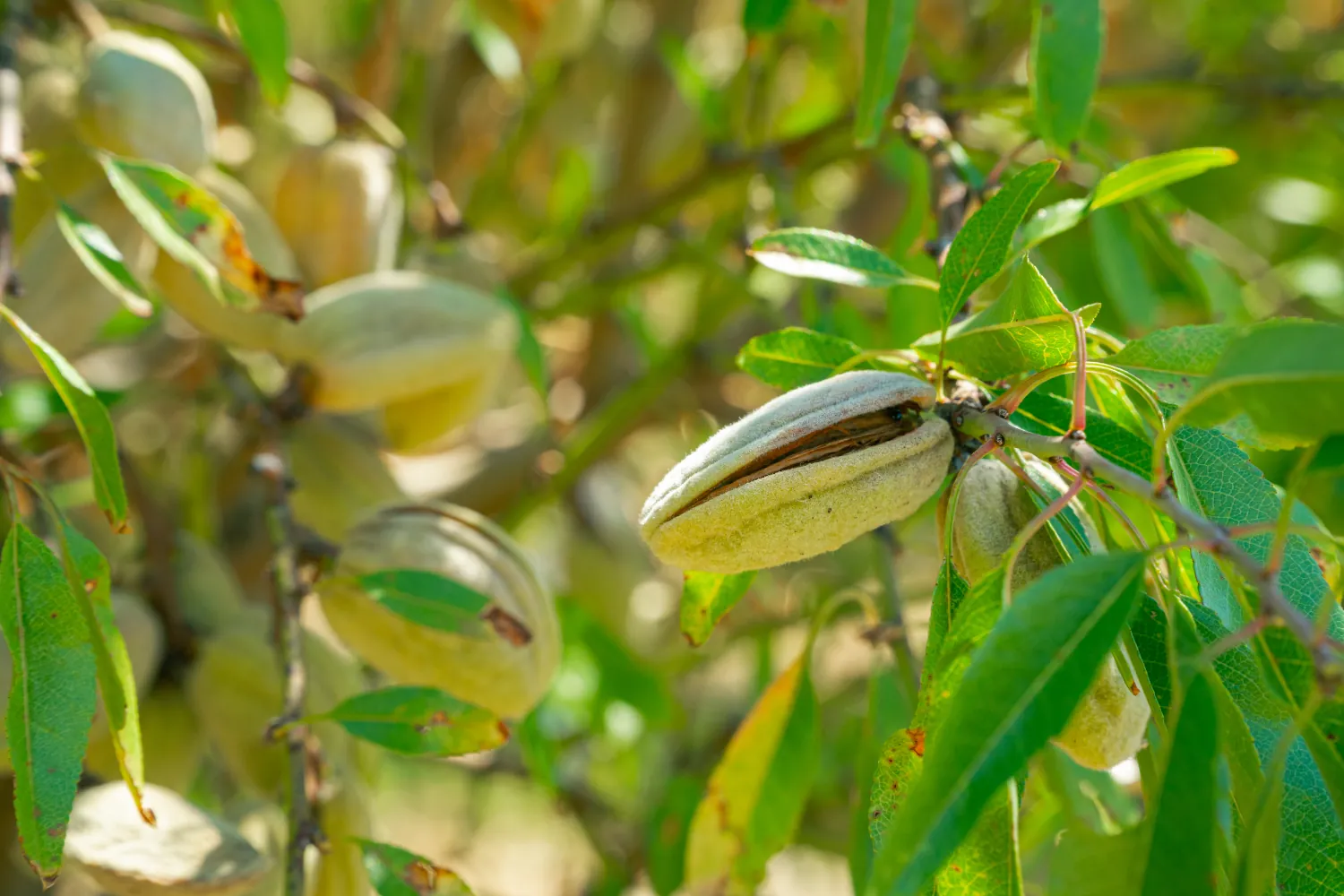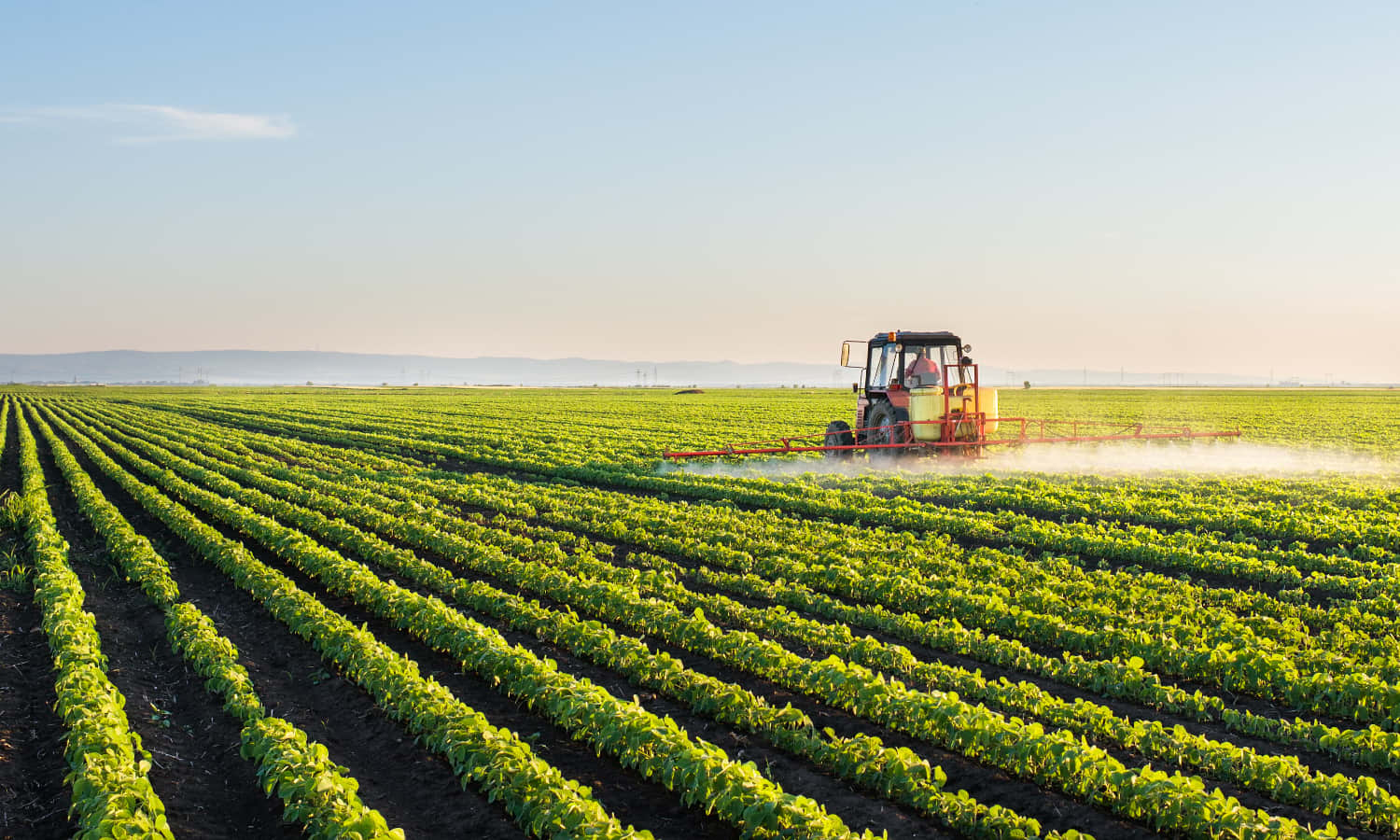It’s no secret that all investors desire high profits. Numerous books, articles, and blogs discuss taking risks and beating the market. But is that the ideal objective, or should you adopt a different perspective and put more emphasis on portfolio risk management than returns? Investors must decide between risk and reward, so portfolio risk management is vital. The right level of risk must first be established for any portfolio. After that, the portfolio risk must be evaluated to ensure that it is within that range. Affective portfolio risk management is the key to building and protecting capital. As agriculture investment advisors, Agro Invest Spain knows a thing or two about mitigating volatility in investing. In this blog, we share our knowledge about portfolio risk management and explore how our agricultural investment in Spain can benefit your investment strategy.
What is Portfolio Risk Management?
Portfolio risk is the absolute risk of all the investments in a portfolio. The weights assigned to the various portfolio components determine how exposed a portfolio is to multiple risks. Risk is the likelihood that actual investment returns may be lower than anticipated. The gathering and analysis of risks associated with individual portfolio investments, such as equities, bonds, real estate, money market funds, and cash, is known as portfolio risk management.
Risks to Consider for Portfolio Risk Management
Market volatility and other systemic risks are the main threats that a portfolio will encounter. These risks must be controlled to guarantee that a portfolio achieves its goals. You can execute successful portfolio risk management only when you can measure the risks. So, what are the primary investment-related risks?
The likelihood that the value of an investment will fluctuate with the state of the stock market is known as “market risk” For instance, investors must switch their holdings to bonds to halt losses if the stock market falls. The possibility that an investment would lose value due to changing interest rates is known as inflation risk. For example, if a shareholder buys X stock and it grows slower than inflation, the investor will lose money. Credit risk concerns a bond issuer’s ability to pay back a bond debt when it matures. For instance, if a person invests in junk bonds, they are taking a risk with more significant potential rewards.
How to Manage Portfolio Risk
Before building a financial portfolio, you must determine how much you can afford to lose. This is known as risk tolerance. If you suffer too many losses, your portfolio might never recover. Additionally, losing more money than you can afford to lose can cause stress and lead to illogical choices. So, it would be best if you never put yourself in a position where you risk losing enough money to make poor choices. An integral part of portfolio risk management is understanding volatility mitigation.
Long-term returns are very negatively impacted by portfolio volatility. The arithmetic average is 0% if you have a 50% positive return and a 50% negative return. However, you’ve actually lost 25% of your portfolio, or one-fourth of it. Therefore, reducing the volatility of your investment portfolio is in your long-term best interest. A way to reduce volatility is to diversify your portfolio with low-volatility assets, such as agriculture investments.
Portfolio diversification is another crucial component of portfolio risk management that needs to be addressed; in fact, 42% of investors said they don’t check their portfolios regularly to see if they are adequately diversified. A strategy for preventing significant price volatility is to diversify and invest across various asset classes, industries, or holding periods. The agribusiness sector offers excellent opportunities for portfolio diversification, gives access to low-volatility assets, and provides multiple income streams that pay off in the medium and long term.

Agriculture Investment is Great for Portfolio Risk Management
Look no further than agriculture investment, such as our agricultural land for sale in Spain, if you want to lower the volatility and diversify your portfolio. Agribusiness investment has historically produced competitive returns and has an investment performance that has moved independently of other asset classes while remaining a reduced volatility portfolio option. Farmland has proven uncorrelated to larger market cycles; this has proved true even during previous economic downturns. Agriculture investment returns have historically been uncorrelated with those of equities, bonds, and real estate, making it a stable investment.
Additionally, agriculture investment offers a strong defense against rising inflation. Farmland has historically had a strong correlation with the CPI, making it a mighty inflation hedge. The importance of agriculture investment to the global economy is supported by the fact that it provides food for the expanding population. Investors are also protected against inflation by regular crop payments. Commodity prices typically increase along with CPI, providing investors with a natural inflation hedge.
Buy Land in Spain and Minimize your Portfolio Risk
Savvy investors concentrate on portfolio risk rather than returns. You will see favorable returns if you are effective at portfolio risk management. As a long-term investor, you will benefit from low-volatility assets like the almond investment opportunity offered by Agro Invest Spain. Volatility has the potential to diminish total returns over the long term and trigger impulsive selling in the short term. Because of this, agriculture investment presents a reliable alternative to more well-known assets. In the wake of the pandemic’s unsettling impact on the global economy and financial markets, as well as the Russia-Ukraine War, it also performs as a safe haven and inflation-hedging asset.
As an agriculture investment manager, Agro Invest Spain aims to provide innovative finance to our client’s farmland while making a one-of-a-kind asset class available to all investors. Our unique managed farmland model allows you to invest in Spain with a low-risk asset that generates impressive returns. So, get in touch with our team of experts to begin your path into almond investing immediately if you’re eager to add an agricultural investment in Spain to your portfolio.
All rights of this content prepared by Api Group Agro Inversiones SL (“API Group”) belong to API Group. These rights are protected and the partial or complete copying, reproduction, distribution, processing or use of the content in any way without permission and without reference will result in legal and criminal liability of individuals.

